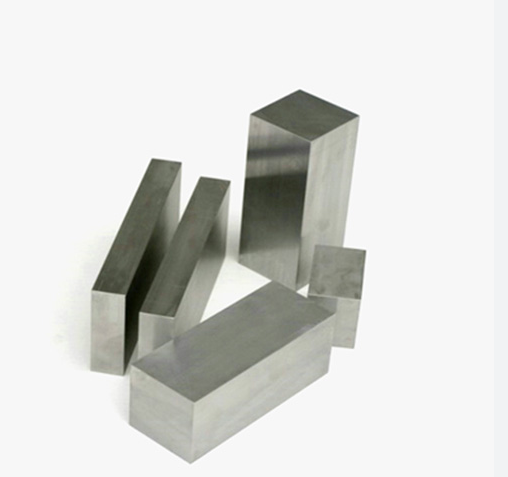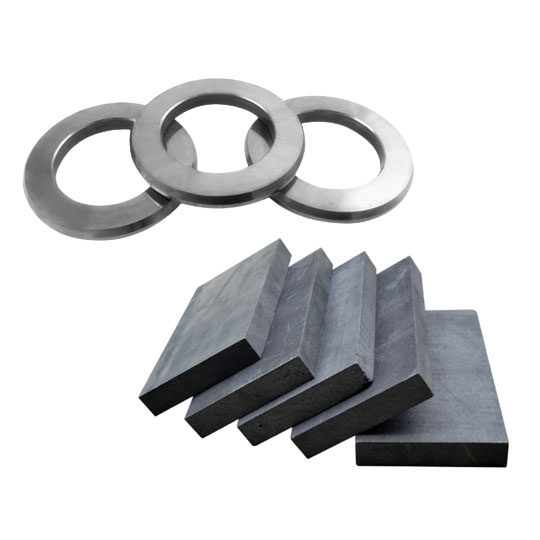Qu'est-ce que la haute performance ? Tiges en carbure?
Imaginez un matériau plus solide que les clous, résistant à la chaleur comme la roche volcanique et suffisamment tranchant pour couper l'acier comme du beurre. C'est essentiellement ce que sont les barres de carbure haute performance. Ce sont les héros méconnus du monde de la fabrication, de l'usinage et de l'outillage de précision.
Ces tiges sont principalement fabriquées en carbure de tungstène, un composé de tungstène et de carbone fritté avec du cobalt ou du nickel pour former un matériau composite extrêmement durable et résistant à l'usure. Il s'agit en quelque sorte de la combinaison du muscle et du cerveau dans les applications industrielles soumises à de fortes contraintes.
Qu'est-ce qui les distingue de l'acier traditionnel ou même de l'acier rapide ? En termes simples, il s'agit de leur dureté, de leur ténacité et de leur résistance à la chaleur - trois caractéristiques qui les rendent indispensables dans les environnements de production à grande vitesse et à haute pression d'aujourd'hui.

Principales caractéristiques et avantages des barres en carbure de haute performance
Voyons maintenant ce qui distingue ces cannes.
- Dureté extrême : Le carbure est nettement plus dur que l'acier. Sur l'échelle de Mohs, sa dureté est d'environ 9 (les diamants ont une dureté de 10 !).
- Haute résistance à l'usure : Ils conservent leur structure et leur tranchant dans des conditions de coupe extrêmes.
- Excellente résistance à la chaleur : Ils sont plus performants à des températures plus élevées que les HSS (High-Speed Steel).
- Durée de vie de l'outil plus longue : Bien qu'ils soient initialement plus coûteux, ils durent plus longtemps, ce qui réduit les temps d'arrêt et les coûts.
- Stabilité dimensionnelle : Ils conservent leur géométrie sous charge, ce qui les rend idéaux pour les travaux de précision.
Alors, par rapport aux cannes standard ? Les cannes en carbure de haute performance sont comparables à une voiture de sport haut de gamme par rapport à un véhicule de transport quotidien. Bien sûr, la seconde fonctionne, mais la première fonctionne mieux, plus vite et plus longtemps.
Les 10 principaux modèles de poudres métalliques utilisées dans les barres de carbure de haute performance
C'est là que la vraie magie opère. Les poudres utilisées pour fabriquer ces cannes sont tout aussi importantes que le produit final. Voici 10 modèles qui se distinguent :
| Modèle de poudre métallique | Composition et caractéristiques | Notes d'application |
|---|---|---|
| WC-Co 10% | Carbure de tungstène + 10% Cobalt. Excellent équilibre entre dureté et ténacité. | Utilisé dans l'outillage à usage général. |
| WC-Co 6% | Dureté plus élevée, ténacité plus faible. | Idéal pour les finitions et les coupes de haute précision. |
| WC-Ni 12% | Carbure de tungstène + nickel 12%. Bonne résistance à la corrosion. | Idéal pour les environnements humides. |
| WC-CoCr 10% | Comprend du chrome pour une meilleure résistance à l'usure et à l'oxydation. | Applications aérospatiales. |
| TiC-Ni | Carbure de titane + nickel. Densité plus faible, bonne à haute vitesse. | Utilisé dans des applications légères. |
| WC-Co + TaC | Comprend du carbure de tantale pour le contrôle du grain et la résistance. | Utilisé pour les outils d'ébauche à forte charge. |
| WC-Co + Cr3C2 | Carbure de chrome pour une meilleure stabilité à la chaleur. | Coupe à sec à grande vitesse. |
| WC-Co grain fin | Grain à nanoparticules pour une meilleure rétention des arêtes. | Micro-perçage et fraisage fin. |
| WC-Co+TiN | Revêtement de nitrure de titane en poudre. | Usinage brillant. |
| WC-Co + VC | Inhibiteur de grain au carbure de vanadium. Améliore la ténacité. | Outils de coupe à usage général. |
Ces poudres définissent l'enveloppe de performance de la tige. Elles décident si votre outil final peut traverser de l'acier trempé ou se déformer sous la pression.
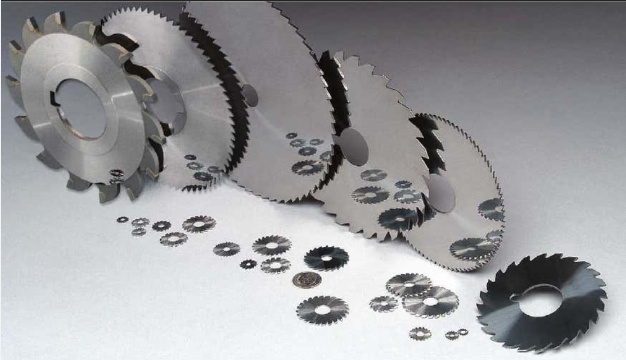
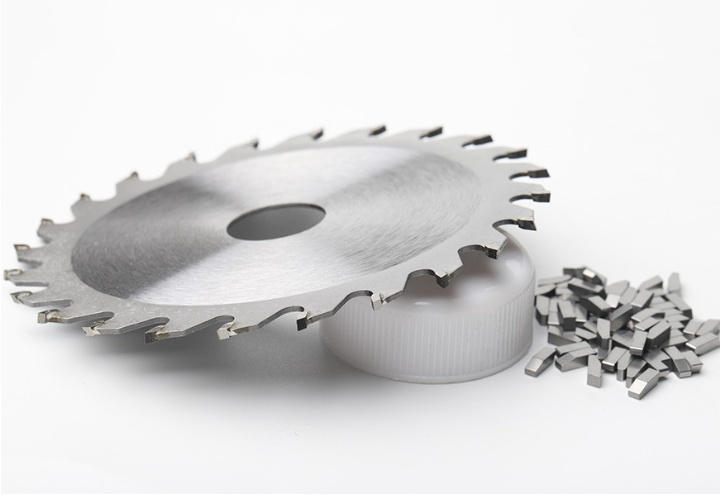
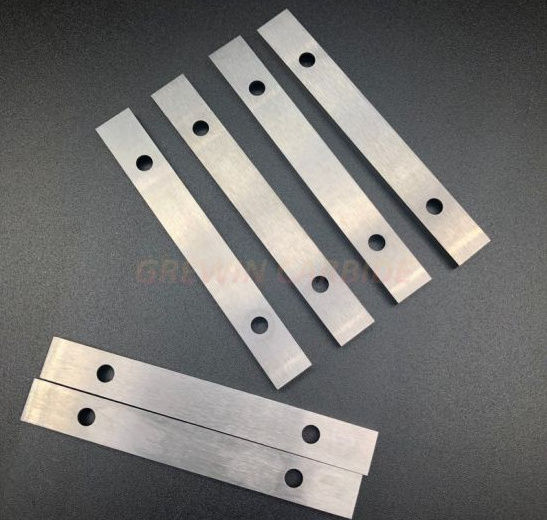
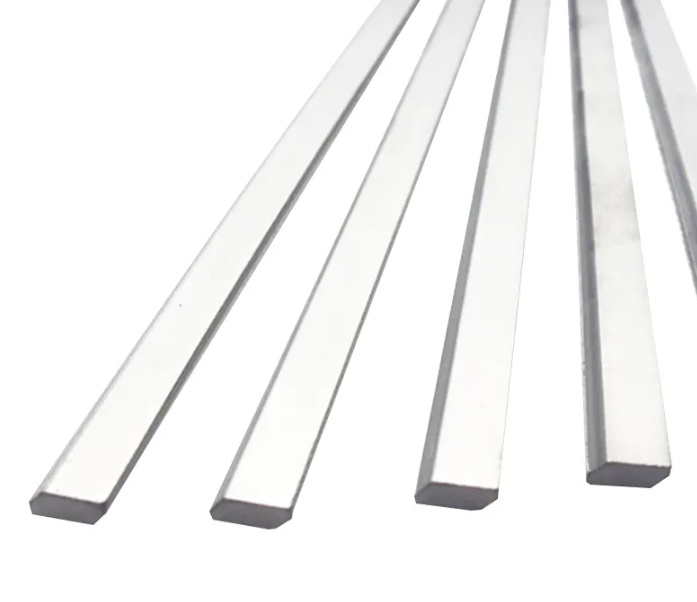
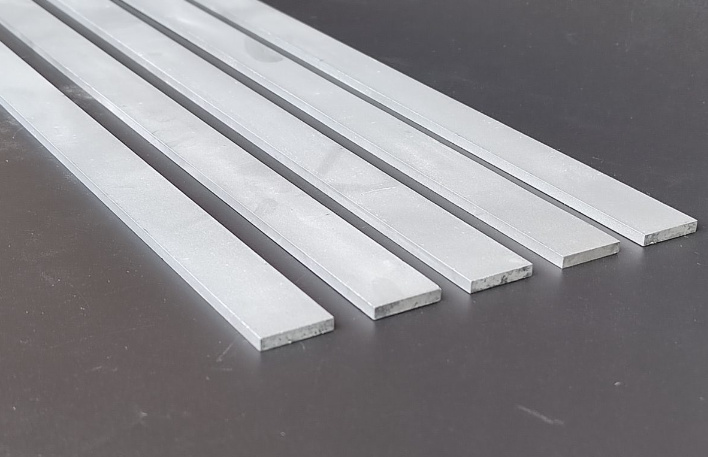

Applications : Qu'est-ce que la haute performance ? Tiges en carbure Utilisé pour ?
Ces tiges ne sont pas de simples bâtons métalliques fantaisistes. Elles constituent l'épine dorsale de la fabrication de haute précision. C'est là qu'elles brillent :
- Outils d'usinage CNC : Pensez aux forets, aux fraises et aux alésoirs. Ils coupent plus doucement et durent plus longtemps.
- Fabrication automobile : Utilisé dans les moules, les matrices et la découpe de pièces pour un assemblage de précision.
- Composants aérospatiaux : Lorsque le rapport poids/résistance est critique.
- Outils de travail du bois : Une netteté et une longévité inégalées.
- Exploitation minière et forage pétrolier : Les outils à pointe en carbure durent plus longtemps sous l'effet de l'abrasion.
Si votre outil doit conserver son tranchant après des heures de meulage, de tournage ou de fraisage, le carbure est roi.
Qu'est-ce qui fait qu'une tige en carbure est "haute performance" ?
Il ne s'agit pas d'un simple jargon commercial. Une canne à pêche de haute performance mérite son titre en excellant dans :
- Contrôle de la taille des grains : Des grains plus fins signifient des tiges plus résistantes avec une meilleure finition de surface.
- Homogénéité de la poudre : Une distribution cohérente des particules équivaut à des performances prévisibles.
- Frittage de précision : Procédés à haute pression et à haute température qui éliminent la porosité.
- Revêtements sur mesure : Certaines tiges sont pré-revêtues ou traitées chimiquement pour une durée de vie plus longue.
Pensez-y comme pour la préparation d'un gâteau. Il ne s'agit pas seulement des ingrédients, mais comment vous les mélangez et les cuisez. Les meilleures baguettes en carbure sont le résultat de recettes précises et d'une exécution méticuleuse.
Comment les Tiges en carbure Fabriqué ?
Ce processus n'est pas un travail de métallurgie comme les autres. Il s'agit plutôt d'un mélange d'alchimie et de science des fusées.
- Préparation de la poudre : Choisissez le bon mélange de carbure de tungstène, de cobalt ou de nickel.
- Mélange et broyage : Ajouter des liants et broyer le mélange pour obtenir une boue fine.
- Séchage par pulvérisation : Cela permet de transformer la boue en granulés pour faciliter le pressage.
- Pressage isostatique à froid (CIP) : Appliquer une pression uniforme pour assurer la densité.
- Pré-frittage : Brûler le liant pour obtenir un compact vert.
- Frittage final : La chaleur du four, qui peut atteindre 1500°C, fusionne les particules.
- Traitement après frittage : Découpage, meulage et contrôle de la qualité.
Chaque étape est optimisée pour réduire la croissance du grain et maximiser la dureté. C'est à la fois de l'ingénierie et de l'artisanat.
Choisir le bon fournisseur de barres de carbure
Tous les fournisseurs ne sont pas égaux. Voici ce qu'il faut rechercher :
- Cohérence des matériaux : Vérifier l'approvisionnement en poudre et les processus de contrôle de la qualité.
- Tolérances de précision : Certaines tiges sont plus rondes et plus droites que d'autres.
- Traçabilité des lots : Essentiel pour le contrôle de la qualité.
- Options de personnalisation : La longueur, le diamètre et le pré-revêtement doivent être flexibles.
- Certifications : ISO 9001, conformité RoHS, etc.
Posez-vous la question : Le fournisseur est-il spécialisé dans votre secteur d'activité ? A-t-il de solides antécédents en matière d'applications à grande vitesse ? La réputation et l'assistance l'emportent souvent sur de légères différences de coût.

FAQ
| Question | Réponse |
|---|---|
| À quoi servent les barres en carbure ? | Ils sont utilisés pour fabriquer des outils de coupe, des forets, des alésoirs et des composants résistants à l'usure. |
| Qu'est-ce qui rend le carbure performant ? | Une granulométrie plus fine, une distribution cohérente de la poudre et un frittage optimisé. |
| Les barres de carbure peuvent-elles être recyclées ? | Oui, de nombreux fabricants récupèrent les tiges usagées pour en faire des matières premières. |
| Les tiges en carbure sont-elles chères ? | Oui, mais ils durent plus longtemps et offrent une meilleure valeur au fil du temps. |
| Combien de temps durent-ils ? | Cela dépend de l'utilisation, mais la durée est souvent de 3 à 5 fois supérieure à celle des outils HSS. |
| Peuvent-ils être personnalisés ? | Absolument. Longueur, diamètre, revêtement - tout est personnalisable. |
| Y a-t-il un inconvénient ? | Fragile en cas d'impact extrême. Ne convient pas aux applications soumises à des chocs importants. |
| Des revêtements sont-ils nécessaires ? | Pas toujours, mais ils améliorent la résistance à l'usure et à la chaleur. |
| Quels sont les secteurs qui les utilisent ? | Automobile, aérospatiale, travail du bois, exploitation minière et usinage général. |
| Où puis-je acheter des tiges de carbure de haute performance ? | Fournisseurs industriels spécialisés et fabricants OEM. |

